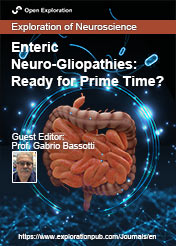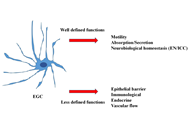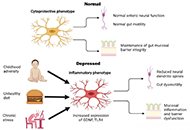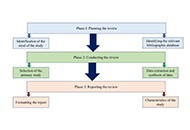
Enteric Neuro-Gliopathies: Ready for Prime Time?
Guest Editor
Prof. Gabrio Bassotti E-Mail
Associate Professor of Gastroenterology, Perugia University School of Medicine, Perugia, Italy
Research Keywords: Constipation, gastrointestinal motility, enteric glial cells, entero-neurogliopathies
About the Special lssue
There is presently wide consensus on the fact that the enteric nervous system (ENS) represents a “second brain” for organisms. The ENS controls almost all activities of the gut, and it is mainly composed of enteric neurons, enteric glial cells (EGC), and interstitial cells of Cajal (ICC), arranged in a complex neural networks throughout the intestinal wall. Among the many complex functions regulated by the ENS, one of the most important is related to the control of intestinal motility. Indeed, there is mounting evidence that several of the so-called “functional” disorders are actually due to ENS dysfunction, and should be probably reclassified as “enteric neuro-gliopathies”.
In this special issue will be considered studies (basic science and clinical) on the possible dysfunction of the cell types forming the ENS in the pathophysiology of enteric dysmotilities and enteric motor/perceptive disorders affecting the gut-brain axis.
Published Articles


